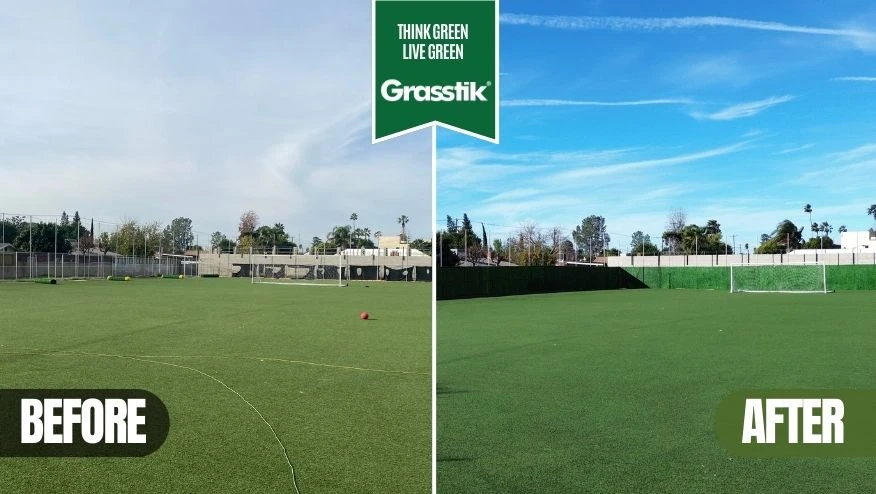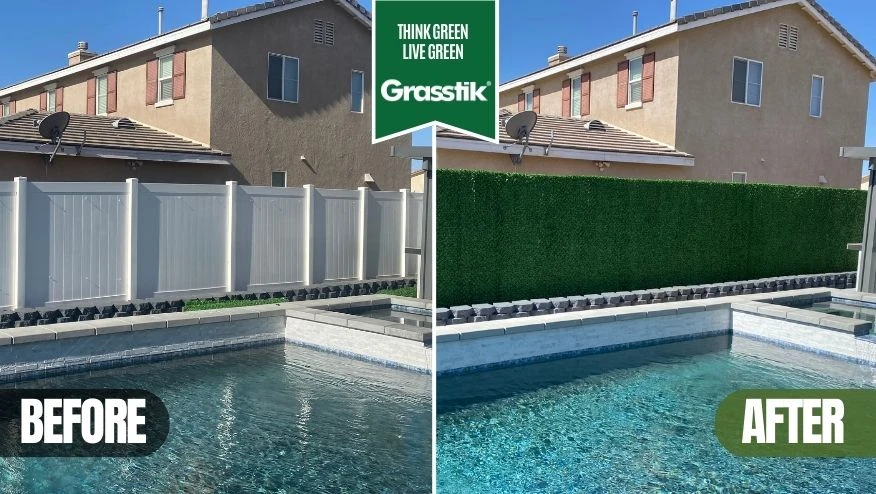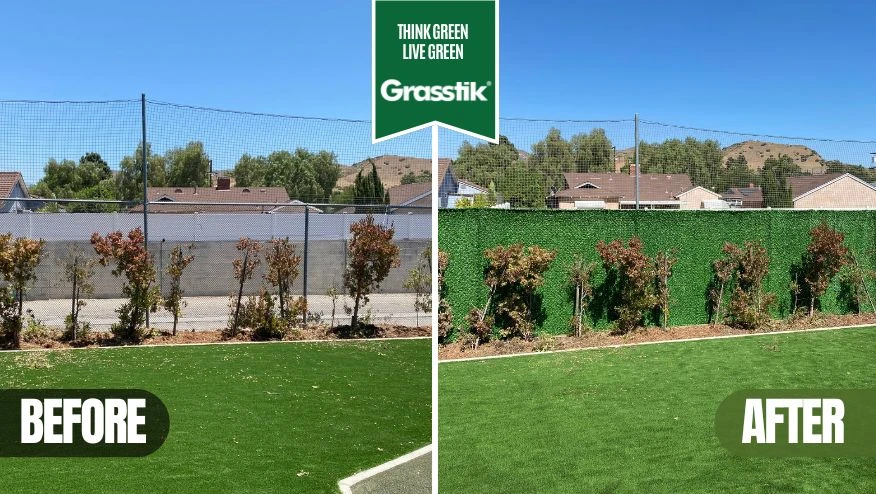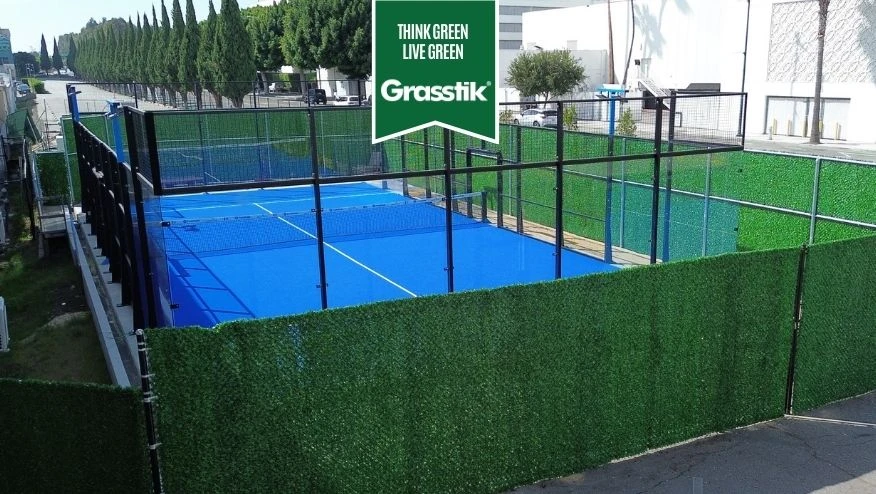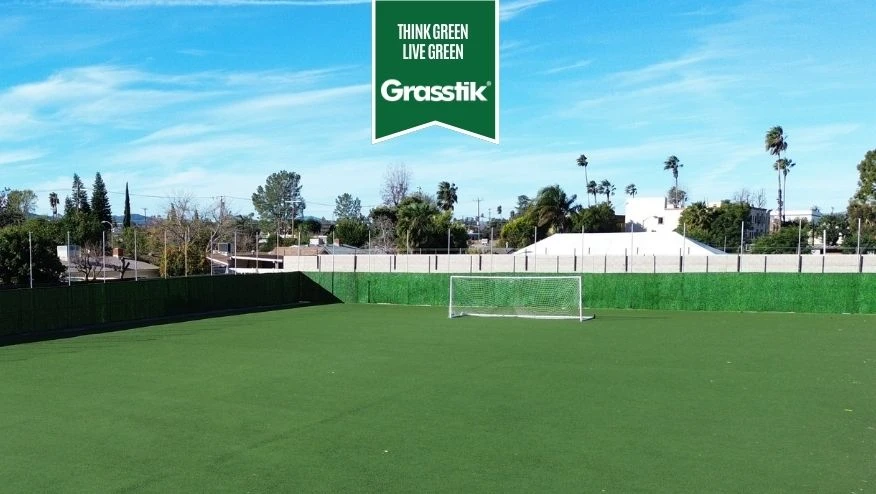
Installing a soccer field fence can significantly enhance the functionality and safety of your sports facility. Fences around soccer fields serve crucial roles in ensuring player safety by keeping balls within the playing area and preventing unintended interruptions that could lead to injuries. Moreover, a well-designed fence helps in securing the facility from unauthorized access and potential vandalism, preserving the quality of your playing surface. This infrastructure not only improves the operational aspects of managing a soccer field but also boosts the aesthetic appeal, thereby enhancing the overall game-day experience for players and spectators alike.
Fence Around Soccer Field
A fence around a soccer field is a fundamental component for any recreational or professional sports facility. It provides a clear boundary for the game, helping to keep the action contained within a designated area. This boundary is essential for the safety of both players and spectators, as it prevents balls from straying into bystander areas or nearby streets. Additionally, the presence of a fence can help manage and control the crowd during events, ensuring that spectators stay within the designated viewing areas and away from the field of play.
Selecting the Right Contractor for Your Soccer Field Fence
When planning to install a fence around your soccer field, selecting the right contractor is crucial. The chosen contractor should have a strong track record of delivering high-quality sports fencing solutions that meet safety standards and withstand the rigors of sports environments. Ensure that the contractor understands the specific needs of sports facilities, including the importance of durable materials and visibility. Checking references and reviewing past projects can provide insight into their reliability and the quality of their work, ensuring that your soccer field is equipped with a fence that is both functional and durable.
Innovative Fencing Solutions for Soccer Fields
One of the most innovative solutions in soccer field fencing is the integration of an artificial grass wall. This type of fencing combines the traditional benefits of a physical barrier with the aesthetic and environmental advantages of green walls. Artificial grass walls can enhance the visual appeal of the field while still providing a high level of protection and ball containment. These walls also offer additional noise reduction benefits, which can be particularly advantageous in urban environments or residential areas. By implementing such innovative solutions, facility managers can create a more engaging and pleasant sporting environment that stands out from traditional setups.
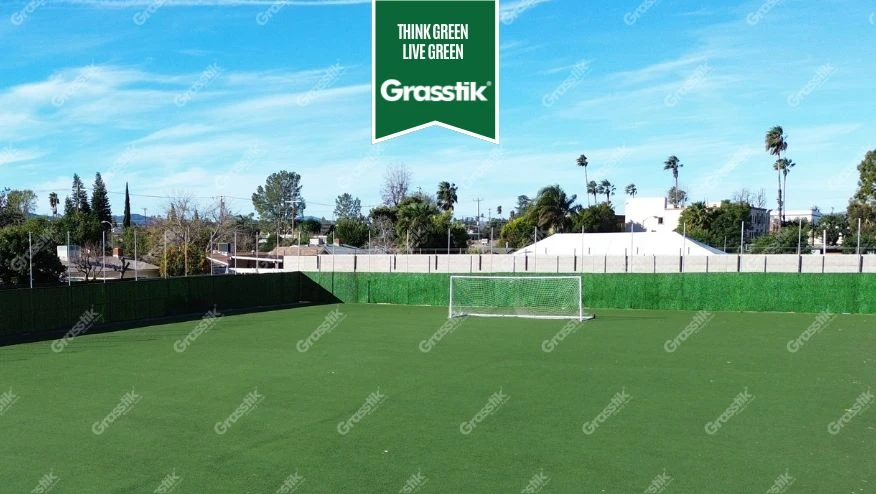
The Basics of Soccer Field Fencing
Soccer field fencing is essential for creating a secure and functional sports environment. It serves multiple purposes: it keeps the ball within the play area, protects spectators, prevents unauthorized field access, and can even help control crowd movements during events. The design and material of the fence depend largely on the specific needs of the facility, including factors like location, budget, and the level of competition hosted. Properly chosen and installed fencing not only enhances safety but also contributes to the overall aesthetics and functionality of the soccer field.
Types of Fences Used in Soccer Fields
A variety of fencing types can be used on soccer fields, each catering to different needs and preferences. Grass fence rolls and grass fence panels are popular choices for areas where additional privacy and security are needed. These fences are typically made from durable materials like vinyl or wood, offering a solid barrier that not only secures the area but also blocks outside views into the field. This can be particularly advantageous for fields in residential areas or near busy roads. Other common fencing materials include chain link, which is highly durable and offers excellent visibility, and mesh netting, particularly useful behind goals to prevent balls from exiting the playing area.
Key Considerations When Choosing a Soccer Field Fence
When selecting a soccer field boundary solution, several key factors must be considered to ensure the fence meets all functional and aesthetic requirements. These include:
- Purpose of the Fence: Determine whether the primary need is for security, privacy, ball retention, or spectator control.
- Material Durability: Choose materials that can withstand weather conditions and the wear and tear of sports activities.
- Visibility: Consider the need for transparency, especially for spectator areas.
- Compliance: Ensure the fence meets local regulations and sports association standards.
- Aesthetics: Consider how the fence will look in the context of the surrounding environment and the image the sports facility wishes to project.
- Budget: Balance between quality and cost, keeping in mind long-term maintenance and repair expenses.
The Role of Height and Material in Soccer Field Fences
The height and material of a soccer field fence are pivotal for its effectiveness, safety, and longevity. For the perimeter, fences typically range from 4 to 6 feet, ideal for ensuring general safety and maintaining clear visibility. Behind the goals, however, taller fences—often 8 to 10 feet—are recommended to prevent balls from straying too far, which is crucial for maintaining the flow of play and minimizing game interruptions. This height variation can also be influenced by specific league regulations, age groups of players, and security requirements, particularly in high-risk areas or fields used for competitive youth sports.
Material choice significantly impacts the fence's durability, maintenance needs, and its effect on the aesthetics and safety of the field. Common materials include:
- Chain Link: This is highly valued for its cost-effectiveness and durability, making it ideal for fields with high traffic and those that require robust, long-lasting barriers.
- Aluminum: Known for its strength, style, and rust resistance, aluminum is a preferred choice for facilities that prioritize aesthetics alongside functionality.
- Vinyl: With its clean appearance and minimal maintenance, vinyl is suitable for venues looking for easy upkeep and a modern look.
Other less common materials like galvanized steel or welded wire mesh offer additional durability and security, suitable for locations needing enhanced resilience. Selecting the right material and height involves balancing factors such as budget, aesthetic preferences, and specific site security needs to ensure that the fencing meets the unique requirements of the soccer field.
The Benefits of Fencing Your Soccer Field
Installing the best fences for soccer fields offers a range of benefits crucial for any sporting facility. A high-quality fence enhances safety, security, and the overall usability of the field, while also providing a professional appearance that can boost the venue’s image. Good fencing solutions ensure that games can be enjoyed without disruption, protecting players from potential hazards outside the field and preventing balls from leaving the playing area. This contributes not only to the efficiency of matches but also to the safety and enjoyment of spectators, ensuring a positive experience for everyone involved.
Safety and Security: Protecting Players and Spectators
The primary role of safety fencing for soccer fields is to protect players and spectators. A well-constructed fence prevents the ball from exiting the playing area, reducing the risk of injury to spectators and damage to surrounding property. It also secures the perimeter against unauthorized access, helping to avoid potential disruptions that can arise from non-players entering the field. This is especially critical during competitive matches where emotions can run high, and the physical safety of everyone present can be ensured through effective fencing.
Crowd Control: Managing Spectators During Matches
Effective fencing is crucial for crowd control during soccer matches. It helps define spectator areas, directing fans to designated seating or standing areas and away from the sidelines. This organization is essential for maintaining order during high-attendance events, ensuring that spectators do not interfere with play. Fences also facilitate the implementation of safety protocols, such as emergency evacuation routes, by controlling the flow of people in and out of the venue.
Aesthetic Appeal and Branding: Enhancing Your Soccer Field's Look
Beyond functionality, the aesthetic design of a soccer field's fencing can significantly impact the venue's branding and visual appeal. Aesthetically pleasing fences, such as those made from wrought iron or designed with decorative elements, can enhance the overall look of the sports facility, making it more inviting and professional. This can be particularly beneficial for venues that host major competitions or seek to build a strong community presence. Additionally, fences offer branding opportunities; they can be used to display banners or advertisements, further promoting the team or sponsors associated with the field.
The Cost of Fencing a Soccer Field
The expense of installing a fence around a soccer field can vary significantly based on several factors. While we can't provide local estimates for fenced in soccer fields near me without specific location data, typical costs range widely from a few thousand dollars for basic chain link options to tens of thousands for high-end materials and designs. The final price depends on the size of the field, the type of materials chosen, the complexity of the installation, and the geographic location. Higher costs are generally seen in urban areas where labor rates are higher, and logistical challenges are more common. It's advisable for facility managers or planners to get multiple quotes from local contractors to understand the market rates in their specific area.
Factors Influencing the Cost of a Soccer Field Fence
Several key factors influence the cost of fencing a soccer field:
- Material Costs: The choice of material is one of the most significant cost factors. Chain link fences are usually the most affordable, while aluminum and vinyl are more expensive but offer added aesthetic value and durability.
- Perimeter and Height: The larger and taller the fence, the more materials and labor will be required, which increases costs. Higher fences are often needed behind goal areas to prevent balls from escaping, adding to the expense.
- Installation Complexity: Factors such as the terrain (level or sloped), soil type, and the presence of obstacles like trees or existing structures can complicate the installation process, thereby increasing labor costs.
- Geographic Location: Labor and material costs can vary dramatically depending on the location. Urban areas generally have higher costs due to increased labor rates and material delivery charges.
- Additional Features: Adding gates, security features, or custom designs also contributes to higher costs. Features such as decorative elements or increased security measures like reinforced gates or anti-climb designs can significantly impact on the final price.
Understanding these factors can help in planning and budgeting for a soccer field fence that meets both functional requirements and financial constraints.

